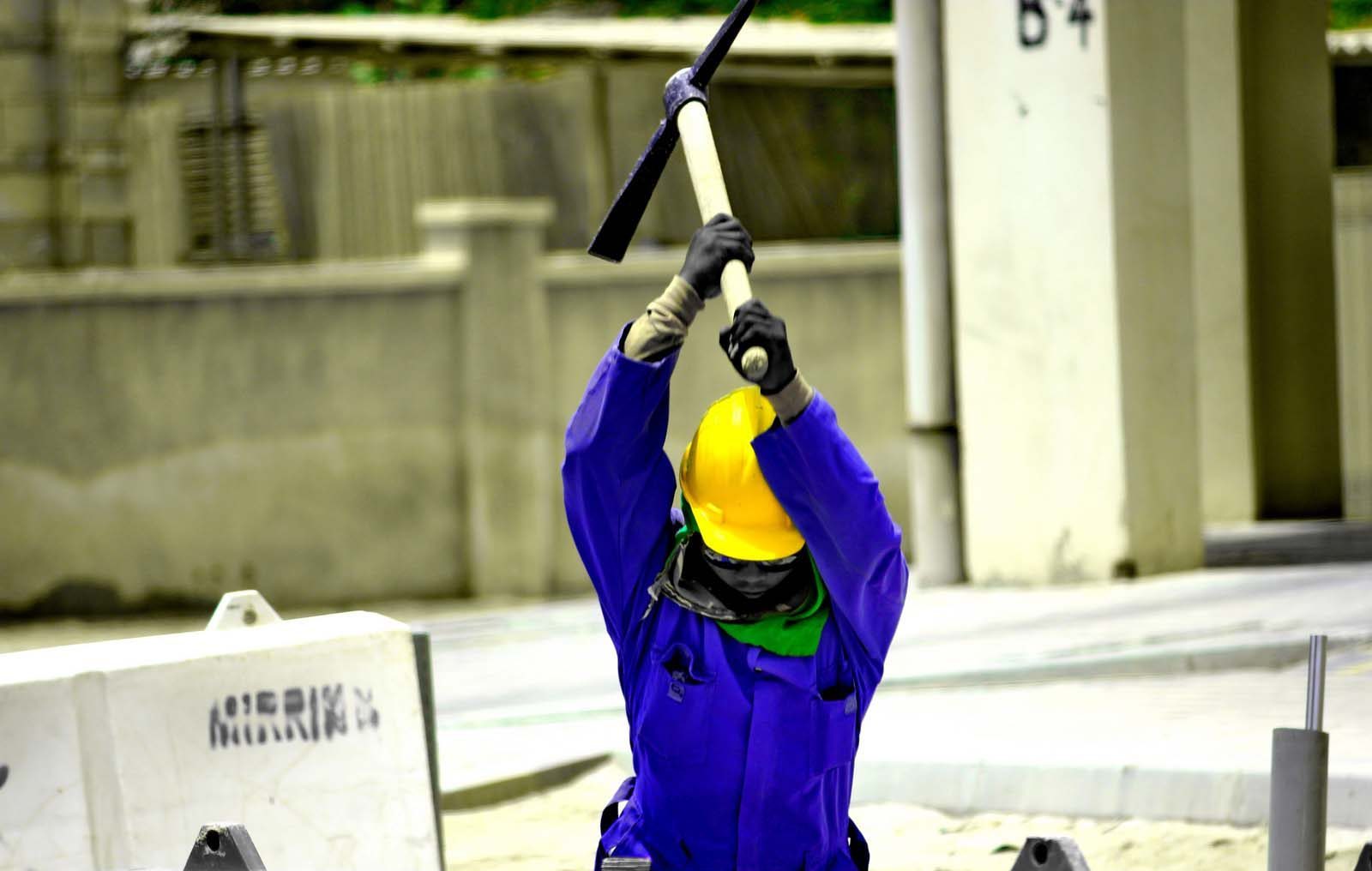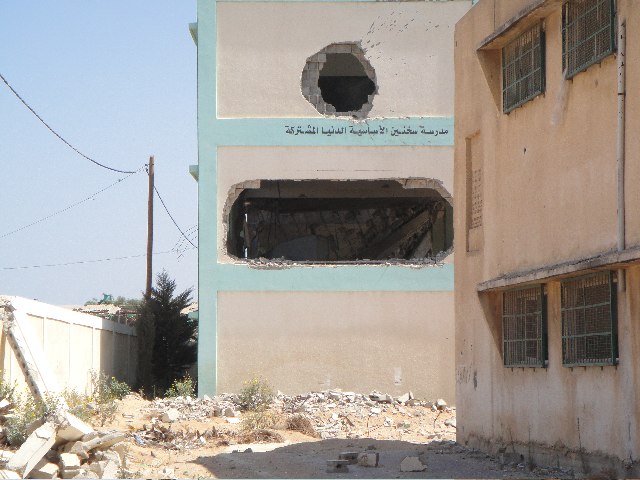
Qatar’s ambitious plans to build a host of community facilities in the coming years appear to be bearing fruit, with six new health centers, a national laboratory complex, 12 mosques and three school buildings set to open in western Doha and its outskirts in the coming 18 months.
The developments are expected to help meet some of the country’s rapidly growing healthcare and infrastructure needs, public works authority Ashghal said.
Speaking at a community event yesterday, authorities offered an update on some of Ashghal’s many ongoing projects, saying that 11 mosques, two health centers in Al Karaana and Bani Hajer and the laboratory facilities in Mesaimeer would be open before the end of this year.
Health needs
The QR27.2 million National Health Laboratories will include facilities for testing for food safety and the safety and quality of medical drugs, environmental protection and emergency response, as well as supervising disease prevention campaigns.
The health centers are part of an ongoing program to update and expand existing facilities as well as to build new medical complexes across Qatar.

While they vary in size depending on local need, each one will provide main medical sections and specialized clinics, dentistry, emergency, radiology, pharmacies and labs, Ashghal said in a statement.
The Bani Hajer center, which will be in Al Rayyan area to the west of Education City, will be 9,744 square meters in size and will be one of a number of new community health complexes launched by the Primary Health Care Corporation that includes urgent care services.
Although the date for Ashghal receiving tenders to build the project only closed last week, that center’s completion date is scheduled for the end of this year.
This, along with the smaller Al Karaana health center, will be among 19 new health centers planned by the PHCC to be open in the state by the end of 2018.
Those under construction and set to open in 2016 are being built in districts with growing residential populations, reflecting Doha’s spread particularly to the west and south-west of the city.
Ain Khaled, Al Waab, Wajba, Muaither and Bani Hajer will all get new health centers next year, Ashghal added.
More schools
Meanwhile, a total of 11 new schools are planned for villages to the west of Doha, which are also growing in population. The schools will be in Al Oteiqa, Al Wajba, Al Karaana, Umm al Sanim, and Al Shahaniya.

Three are already under construction and will be completed next fall. Two schools and kindergartens are in the design phase in Al Meerad and Rawdat Rashed, and six schools are in the tender phase.
The schools are all being built according to Ashghal’s standard 9,159 square meter, two-story school design. Each will accommodate around 650 pupils in 25 classes and the school facilities will include a multipurpose hall, science labs and rooms for computer, arts, and language. The buildings are designed to be accessible by those with special needs.
Adjoining sports facilities will include football, handball and volleyball courts in addition to parking lots.
Meanwhile, Ashghal said a total of 12 mosques are under construction in the areas of Muaither, Rawdat Egdeim, Al-Aziziya, Al Sheehaniya, Industrial Area, Al-Meerad, Umm Sanim, Hazm Al-Markhiya, Al-Wajba and Al-Waab.
Eleven of them are expected to be complete this year, and the final one early next year.
Thoughts?







